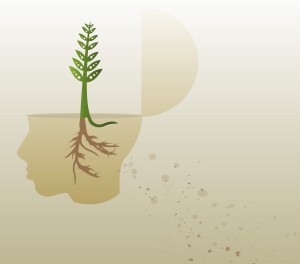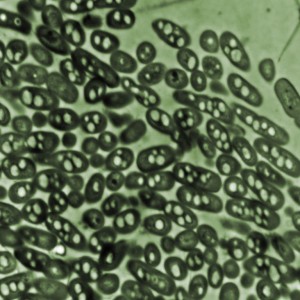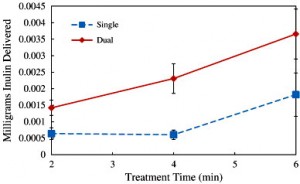Global Warming and the Arctic region
Everyone has at least once, in their lifetimes, have heard of the term “global warming,” especially nowadays, when it has become a major issue. Anthropogenic activities are the largest contributors to the increment in global temperature. On average, the Earth’s surface temperature has increased by 0.6℃ since the 19th century and is to further increase. This increase has a critical impact in the Arctic, where glaciers are receding and sea ice is disappearing. The CBC News has announced that the Arctic ice would vanish in 10 years; thus, primarily affecting the Arctic ecosystems.
Let’s dive into the Arctic by familiarizing ourselves with the organisms that lives there. Many creatures, from algae to polar bears take shelter in this region. Starting at the microscopic levels of life forms, algae are affected by the continued thinning of the ice. In the Arctic, most of the algae under the ice have died out. Paul Nicklen, a biologist and a photographer at National Geographic, states that “[sea] ice acts like a garden… losing that ice is like losing the soil in a garden.” During the spring, when the sun shines on the ice, the phyto-plankton start the food chain. On the top of this food chain is the most famous Arctic animal, the polar bear.
How are our activities affecting this circle of life?
Human activities produce pollutants. These pollutants such as carbon dioxide and other greenhouse gases, such as methane cause the increase in global temperature. They collect in the atmosphere like a blanket, causing the heat to trap, warming up of the Earth. The accumulation of these toxic pollutants leads to the loss of the Arctic ice, tremendously affecting the ocean temperatures. Most of the sunlight is reflected back to space by the ice caps, but with the absence in ice, the sunlight will be absorbed by the Earth. Therefore, increasing the ocean’s temperature and resulting in release of more methane, a greenhouse gas, into the atmosphere, further accelerates global warming and raises sea levels. These fast changing habitats are profoundly affecting wildlife.
Can we save the Arctic?
Some warming is inevitable, but we can definitely reduce the rate of it. First, we need to be aware that the Arctic is home to many organisms, ranging from the algae to the polar bears. This is very important because if the Arctic ecosystem fails, we, too, are ultimately affected. The oceans are our life support system. Once we realize that, we can make a difference and save the Arctic and its animals. The Natural Resources Defense Council (NRDC) suggests that we can save the Arctic and our planet by by conserving energy. Changing to fluorescent light bulbs will not only reduce 700 pounds of CO2, but also reduce your energy bill. Also, we can change our cars to hybrid gas-electric engines cut global warming pollution by one-third or more.
The following video clip shows the seriousness of effects of global warming on polar bears.

-MinJi Yoo-





























